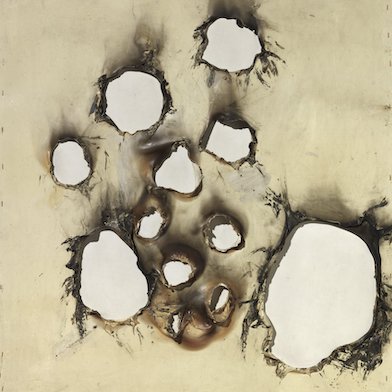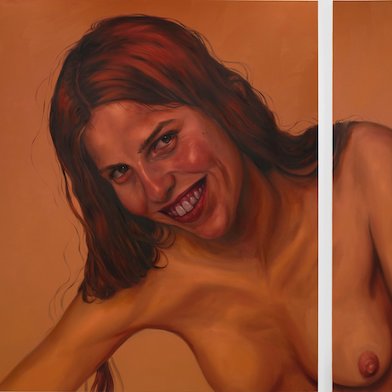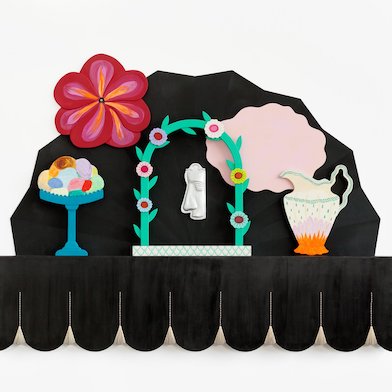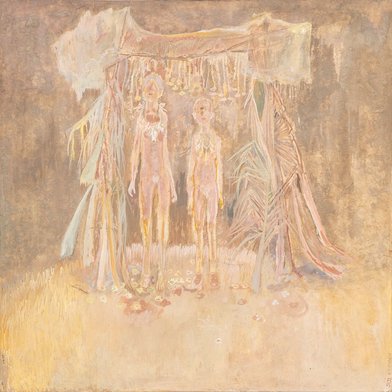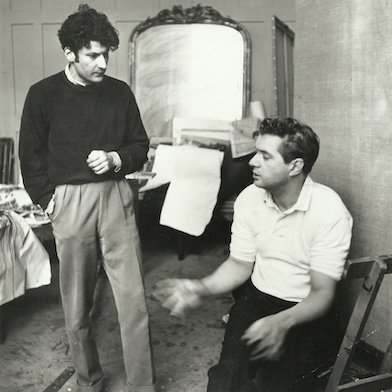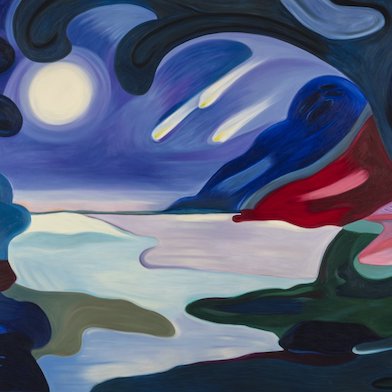Open: Tue-Fri 12-6pm, Sat-Sun 11am-6pm
Visit
Allen Ruppersberg: The Never Ending Book. Part One: The Old Poems (For My Mother), 2007
Mamco, Geneva
Wed 11 Oct 2017 to Sun 4 Feb 2018
10, rue des Vieux-Grenadiers, CH-1205 Allen Ruppersberg: The Never Ending Book. Part One: The Old Poems (For My Mother), 2007
Tue-Fri 12-6pm, Sat-Sun 11am-6pm
Artist: Allen Ruppersberg
An exhibition organized by Paul Bernard
A pivotal figure of the Californian Conceptual art scene, Allen Ruppersberg (born in 1944 in Cleveland) has, since the end of the 1960s, been pursuing an atypical practice, which favors no medium in particular.
Installation Views
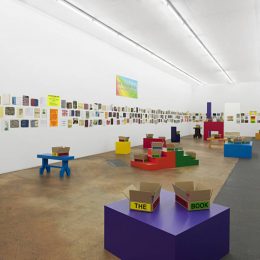
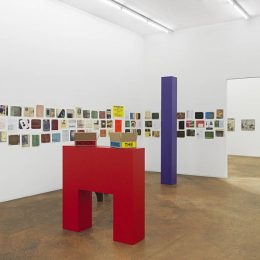
The corpus of his works, which the artist describes as “scenes,” thus includes installations, performances, multiples, paintings, sculptures, drawings, books, photographs, videos, but also, as of 1969, a bar and a hotel, which prefigure in part the relational aesthetic of the early 1990s.
This heterogeneity provides a glimpse of a working method, based around three main operations: the compulsive collection of popular cultural and “debased” forms (including postcards, calendars, books, comics, educational films, records, etc.); the appropriation of these forms and their displacement into art registers; finally, from one work to another, a partial and fragmentary recycling, as in a permanent work in progress. The result is a series of combinatory plays between texts and images, in which narrative fragments, intertextuality and reminiscence draw up a panorama of the different myths that mould a culture. Ruppersberg insists on the way in which individuals interiorize such tales, saying “we all remain, as social beings, collections.”
The installation The Never Ending Book. Part One: The Old Poems (For My Mother) is an exemplary instance. On the walls and props, pages taken from his collection are reproduced and laid out randomly. In boxes, this collection is partly presented to the public, who can, in turn, put together their own poems. The work thus brings out the ambiguous relationship between the intimate and the public via a literally infinite book. As Allan McCollum wrote, in a text devoted to Ruppersberg: “There is something paradoxical about our relationships with books: they are publicly produced but privately read and written.” There is an autobiographical dimension in Ruppersberg’s work; in the pages that make up The Never Ending Book, the attentive reader will detect in the background the portrait of a woman. Ruppersberg again: “Look for narrative of any kind narration. Anti-narrative, non-narrative, para-narrative, post-narrative, bad narrative.”
